- Home
- Drinking at home, Recipes for dishes that go well with sake
- Perfect for hot summer! Katsuo-no-Tataki & Mentaiko, and “Sawaya Matsumoto”
Perfect for hot summer! Katsuo-no-Tataki & Mentaiko, and “Sawaya Matsumoto”
- 2019/5/12
- Write comment
Good evening.
Thank you very much for visiting this blog.
Today’s report is for a new category of this blog; “Drinking at home”.
Contents
A new category, “Drinking at home”
Please let me introduce you the reason why I started this new category.
It became longer and more philosophical than I thought, so you can skip this and directly move to “The main chapter starts now” if you like.
This website started as a database to look for restaurants which serve Nihonshu you want to drink.
Therefore, the blog has been basically about “restaurants which serve Nihonshu”, the sake and foods we had, and the restaurants’ services we received there.
I will keep adding that kind of articles from now on too.
At the same time, I noticed that Nihonshu are enjoyed not only at restaurants, but also at homes.
In fact, I drink sake at home more than outside for many reasons (financial reason, psychological reason, etc^^;).
I recently found it interesting that foods I eat at restaurants and home are very different.
At restaurants, they serve foods in return for money, so their foods can’t help becoming acceptable for every customer.
On the other hand, when you cook at home for yourself or your family, you don’t need to care other people’s reputations, and you can try any foods and recipes which you like freely.
When I visit restaurants, I sometimes look for something like home cooked dishes, but I often can’t find them.
I used to write simply about which sake are at which restaurants when I started to write blogs on this website, and the food was the second thing to write.
However, I gradually got interested in the paring of Sake and foods, and started to write about it more in the articles.
I mentioned that this website started as the database of sake and restaurants in the first article.
While I continued to develop the website, I started to think that the website could work to pass down cultures around Japanese sake to the later generation.
Added to this, new technologies are coming out rapidly such as AI and robot techniques, so I thought that spreading the diversity of Japanese food culture to the world will be very important for the future.
In that point of view, writing about only eating and drinking at restaurants or bars will be not enough.
I made this new category, “Drinking at home”, to introduce foods which you cannot have at restaurants.
I have written some articles about drinking at home.
However, the foods were always from supermarkets, not cooked by myself.
I cooked more until the age of 21, but I stopped cooking because I became busy for examinations and work.
The bigger reason was that I am single and don’t need to cook^^;
The situation around me changed in the last 1 to 2 months, and now I have more time.
I started this new category this month because now I plan to cook again like before, and also because I could find a perfect writer for this kind of theme.
I hope that the articles will entertain you, and be useful for your lives!
The main part starts now^^;
My introduction has been too long.
The main part starts now.
Before that, I’d like to introduce the writer “R” who wrote today’s blog a little.
“R” is a woman who used to be a yoga instructor and now is a mother.
She loves delicious foods, and enjoys sake upon her natural life in a good balance for a health management.
She introduces what she recommends in her articles… she said.
Now, her report starts.
Nice refreshing sake for summer and perfect foods to go with!
It’s been hot, and cold served sake is good in this season.
I would like to introduce a fantastic paring of Nihonshu and food which is nice to have in summer.
The sake I introduce you today is “Sawaya Matsumoto Shuhari Omachi”.

I found it at a liquor shop on the way to Soramachi, where I went with my family the other day.
I actually met a person from the brewery by chance before, and tried this sake then.
I bought this sake because I wanted to taste it again.
The foods I got for this sake were “Katsuo-no-tataki” (slightly roasted bonito sashimi), “Mentaiko” (spicy cod roe), and “Japanese style hamburg steak with grated daikon radish”.
About “Sawaya Matsumoto”
I’d like to introduce briefly “Matsumoto Shuzo“, the brewery of “Sawaya Matsumoto”.
The brewery of “Sawaya Matsumoto” is an old sake brewery in Fushimi, Kyoto, established in 1791.
The recent news about them is that their brand “Sawaya Matsumoto Shuhari Yamadanishiki” won the gold prize in “Junmaishu” class in “SAKE COMPETITION 2018”.
In addition, their another sake, “Sawaya Matsumoto Kocon”, was introduced in a free magazine “Nikkei Magazine Style” as one of “Sake which attracts you with its label” in October, 2017.
Their sake has been enjoyed in the local for a long time, but now it has many fans in all over Japan.
One of the reasons why they keep to be loved for ages should be that they change and improve their products to meet demands of the time.
Some of their sake have “ID” on the labels.
This ID identifies the field of rice which the sake is made from.
You can see where the ingredient was grown using the ID on the brewery’s website.
This is their challenge to make young people feel Nihonshu closer to them.
“Shuhari Omachi” is made from rice grown in Okayama Prefecture, where Omachi is grown most in Japan.
I felt slight bubbling at the first sip, and what I was surprised at when I had it in my mouth was the sake’s deep taste.
The taste was dry, but it also had sweetness and clear flavor of rice, which was well-balanced.
The big characteristic of “Shuhari Omachi” is the slight fizziness.
The bubbly texture leaves impressive and refreshing feeling, and fresh sourness in the mouth.
It has deep and thick flavor, but the after taste is so clear.
Roasted bonito sashimi, Mentaiko, and Japanese style hamburg steak
Before I bought the sake, I had already had Katsuo-no-tataki (slightly roasted bonito sashimi), which is in the best season in my fridge for dinner.
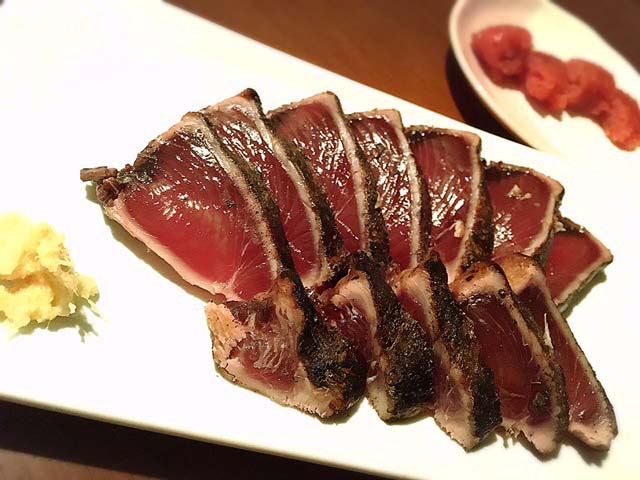
Maybe that was why I wanted to drink Nihonshu at dinner.
First is “Roasted Bonito“.
I had the bonito with special soy sauce for roasted bonito, and grated ginger.
The first glass of sake just after I opened the bottle had stronger taste than later ones, and it matched bonito’s roasted flavor.
The combination of the soy sauce with ginger and the sake’s sourness was great, and the after taste made me eat continuously.
The next one, Mentaiko (spicy cod roe), was also great with the sake!
Fish eggs like cod roe leave characteristic sea flavor in the deep nose when I eat them.
When it got together with the sake, it made an elegant after taste of the unique sea favor and the rice flavor.
Thanks to the bubbly texture of “Shuhari Omachi”, the after taste was very fresh even with Mentaiko’s rich taste.
Mentaiko’s sea flavor was alive in my mouth perfectly.
In addition, Mentaiko’s spiciness became milder with the sake’s rice flavor.
I thought that this perfect combination of Nihonshu and Mentaiko is a precious thing which you can experience only in Japan
A few days later, we tried the sake with Japanese style hamburg steak.
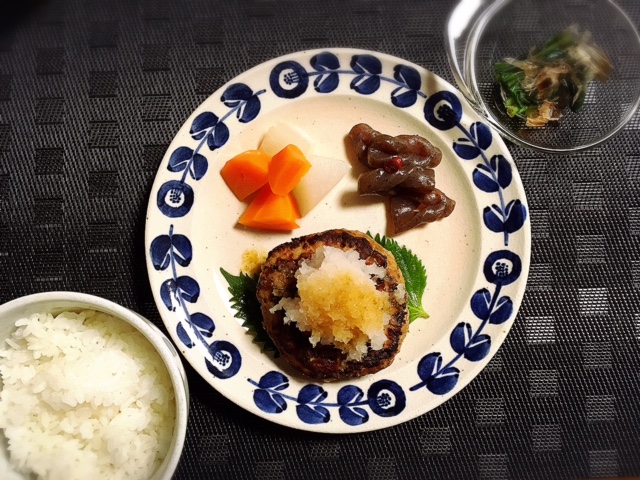
Hamburg steak was my husband’s request.
The day was very hot, so I made it in Japanese style which was more light and refreshing taste than western style.
I had learnt that the sake was nice with grated ginger.
I added grated daikon radish, shiso herb, grated ginger, and home-made mushroom dish (“Nametake”) on the steak.
The hamburg steak of the day was very “meatish” steak with less egg and high proportion of beef.
The sake had become milder compared to that of just after opened.
It was like a manly image at first, and changed to a career woman in a few days later.
The rich taste of the sake and the steak, the sweetness of rice and mushroom, the sake’s dry taste and the fresh flavor of radish and ginger, and the refreshing texture of sake’s bubbles and shiso herb.
All of these matched so well.
The mushroom dish, “Nametake”, is that of cooked and seasoned Enoki mushroom.
I made this “Nametake” with less soy sauce and sugar than regular recipes.
My recipe is so easy because I use a microwave.
The taste was a bit weak, but it was ok for the sauce for the steak.
Conclusion
I thought that “Sawaya Matsumoto Shuhari Omachi” was a kind of sake which goes well with many types of foods.
I thought that “Sawaya Matsumoto Shuhari Omachi” was a kind of sake which goes well with many types of foods.
However, the sake itself has a clear and strong flavor, so the person of the liquor shop advised me that the seasoned dish such as carpaccio would be better in balance with this sake when I wanted to drink with white meat fish, rather than plain dish such as sashimi.
I have met a person from the brewery of “Sawaya Matsumoto” at a wine bar once.
I heard that he was delivering their sake to an Oden (vegetables, fish dumplings, and other ingredients stewed in soup) restaurant. The Oden restaurant closed at the owner’s retirement, which was so popular that TV stars secretly often visited.
I tried their sake with summer meals this time, but I’d like to try with winter dishes such as Oden next time.
It's our great pleasure if this article is helpful for you.
Comment (0)
No trackbacks yet.

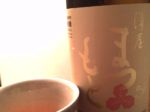
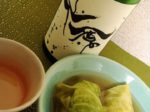

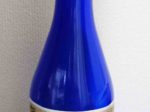
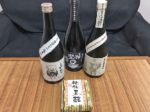
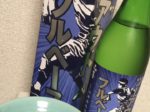
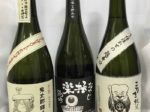
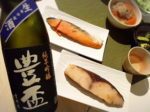
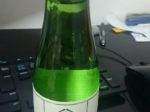
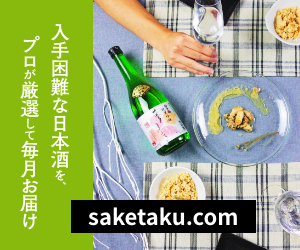
No comments yet.